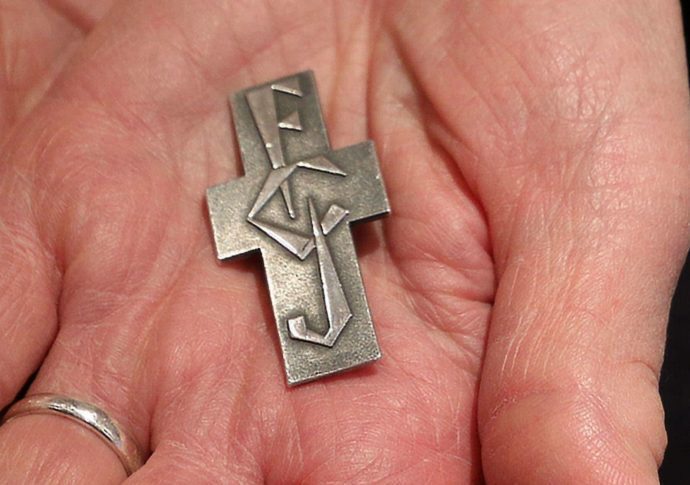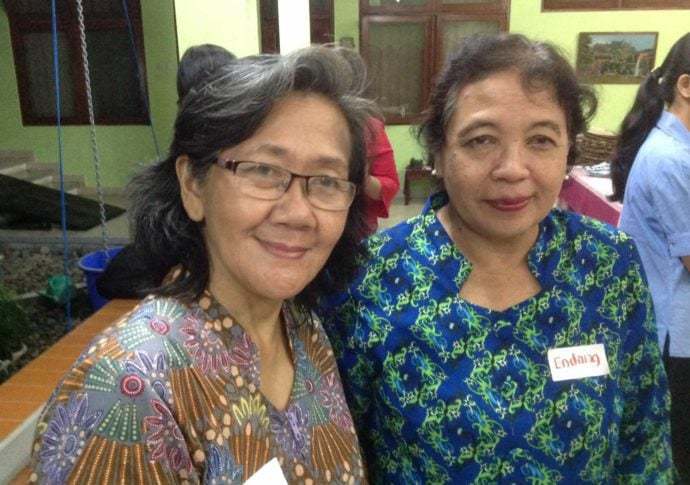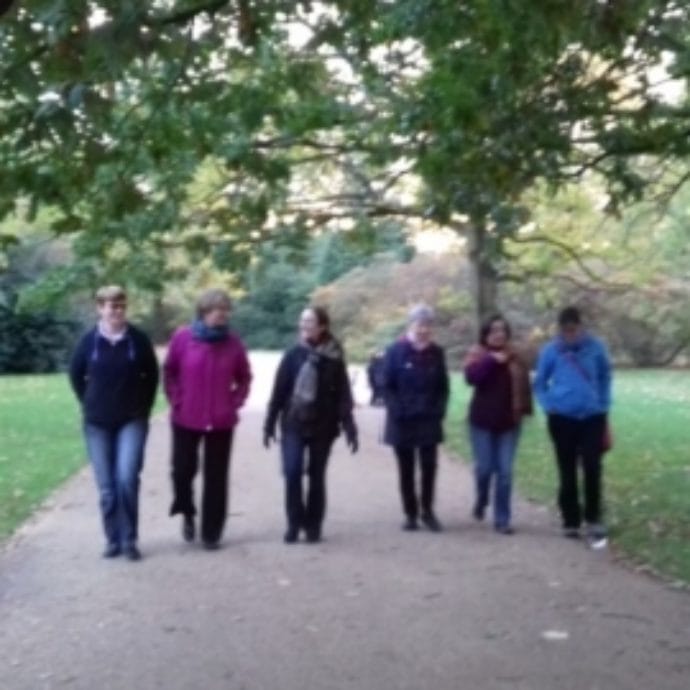Often we hear it said of someone ‘She’s a real saint!’ – in other words her goodness is recognised by those among whom she lives and works and serves as a challenge and example to them. And that is good. But the formal naming of a person as a Saint must follow a definite canonical process.
Normally at least five years must elapse between the death of the person and the beginning of the process. (In the case of Pope John Paul II and Mother Teresa of Calcutta this time lapse was dispensed with by public acclaim.) The responsibility for the investigation into the person’s life and writings falls on the bishop of the diocese in which the person died. After preliminary investigations, an official Tribunal is set up to gather sworn testimonies as to the holiness of the ‘Servant of God.’ These are then forwarded to the Congregation for the Causes of Saints in Rome where they are examined by a panel of nine theologians.

In Marie Madeleine’s case the testimonies were accompanied by letters of support from no fewer than 14 Cardinals, 33 Archbishops and 127 Bishops from around the world.
If a majority of the assessors are in favour then the Cause is passed to a second scrutiny by a group of cardinals and bishops; the third step at this stage is the recommendation to the pope that the Servant of God be proclaimed to have lived such a life of exemplary virtue (‘heroic’ is the word used) that she is to be known as Venerable and presented to the People of God as a model of Christian virtues.
Marie Madeleine has reached this stage. She died in Paris April 5th 1858. In 1874 the Cardinal Archbishop of Paris, asked Fr. Apollinaire de Valence to gather together the memories of those who had known her and in 1886 Cardinal Richard sanctioned the erection of an ecclesiastical tribunal in Paris for the examination of witnesses bearing testimony to the heroic sanctity of the Servant of God.
Then came the official introduction of her Cause in Paris. Because she had travelled so widely, and was known to so many still alive, distance necessitated the establishment of subsidiary tribunals in France and elsewhere.
In 1970 Pope Paul VI proclaimed the heroicity of Marie Madeleine’s virtues.
The next step on the road to Canonisation is called ‘Beatification,’ the Servant of God is now known as ‘Blessed,’ a title which can only be bestowed after a miracle has been attributed to her. A second miracle is then needed for the final step in the process – canonisation, proclamation as a saint.
() How does one become a Saint?


















